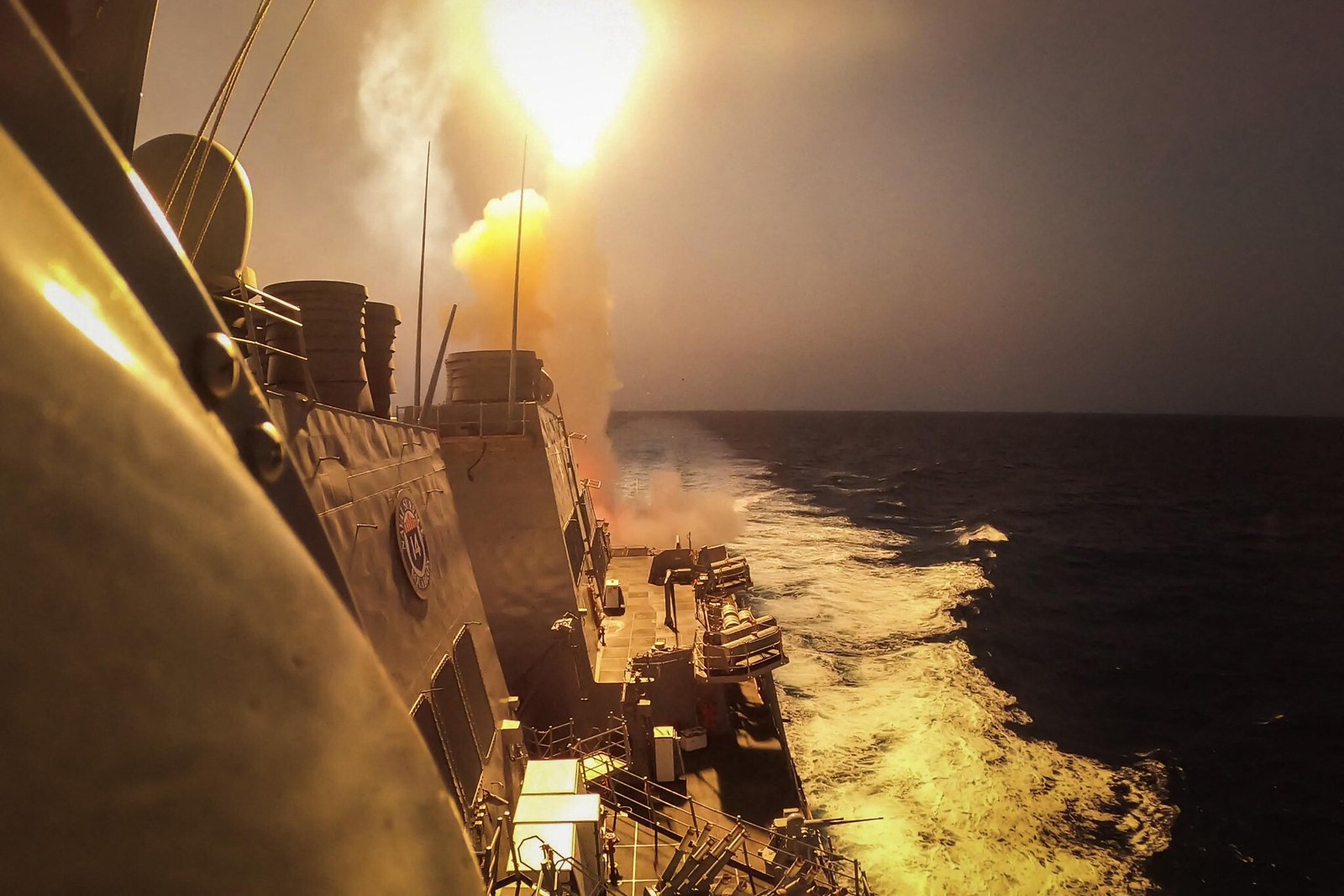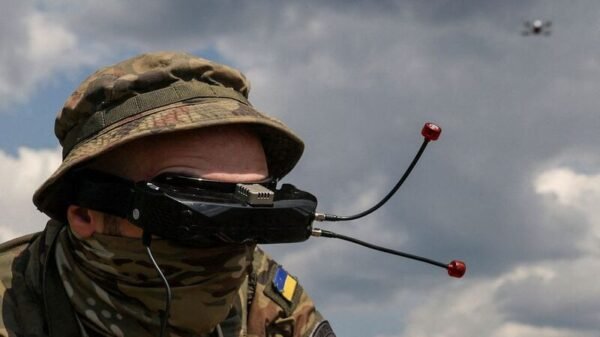Sea Drone Warfare Insights: U.S. Response Under Scrutiny
Officials and executives say the U.S. Navy’s efforts to bolster its fleet with unmanned vessels are facing hurdles due to entrenched preferences for traditional shipbuilding projects. This dynamic reveals a significant weakness as autonomous sea drones redefine naval strategies globally.
The effectiveness of sea drones was starkly demonstrated in the Black Sea, where Ukraine utilized remote-controlled speed boats laden with explosives to target Russian frigates and minesweepers since late 2022. Similarly, Yemeni-backed Houthi rebels deployed similar tactics in the Red Sea against commercial shipping, though with less success. These incidents have prompted the Pentagon to integrate lessons from these conflicts into its strategy, particularly in countering China’s maritime advancements in the Pacific.
To address these challenges, the Pentagon unveiled the Replicator initiative, aimed at rapidly deploying hundreds of affordable air and sea drones within 18-24 months to match China’s growing military prowess. However, despite this public commitment, insiders reveal years of reluctance within the U.S. Navy to embrace unmanned vessels despite repeated warnings about their importance in future naval operations.
The reluctance stems from a budgetary process prioritizing large-scale shipbuilding projects, leaving little room for investment in unmanned technologies. Industry voices emphasize the influence of the military-industrial complex and lobbying dynamics in shaping budgetary priorities, hindering the advancement of unmanned initiatives.
While the Navy contends that its procurement decisions align with fleet demand signals, budget allocations for sea drones remain modest compared to overall naval expenditures. Challenges persist in fleet expertise, with insufficient training for personnel in piloting drones and analyzing the vast data streams they generate.
In response, the Pentagon emphasizes its commitment to innovation and streamlining procurement processes, citing initiatives like Replicator as examples. This short-term program, funded by reallocating existing resources, aims to accelerate the deployment of drones to counter emerging threats.
Despite industry acknowledgment of the Navy’s intent to expedite drone deployment, concerns linger regarding long-term funding stability. Companies like Huntington Ingalls Industries (HII) stress the importance of sustained investment to meet future demand and technological advancements.
Unmanned vessels offer a cost-effective means to augment the Navy’s capabilities, especially amid delays in traditional shipbuilding projects. These drones have versatile applications, from surveillance and minehunting to safeguarding critical infrastructure and supporting crewed assets in high-risk scenarios.
As the U.S. Navy navigates these challenges and seeks to expand its unmanned fleet, collaboration between government, industry, and military stakeholders will be critical to realizing the full potential of autonomous technologies in maritime operations.














































Comment Template